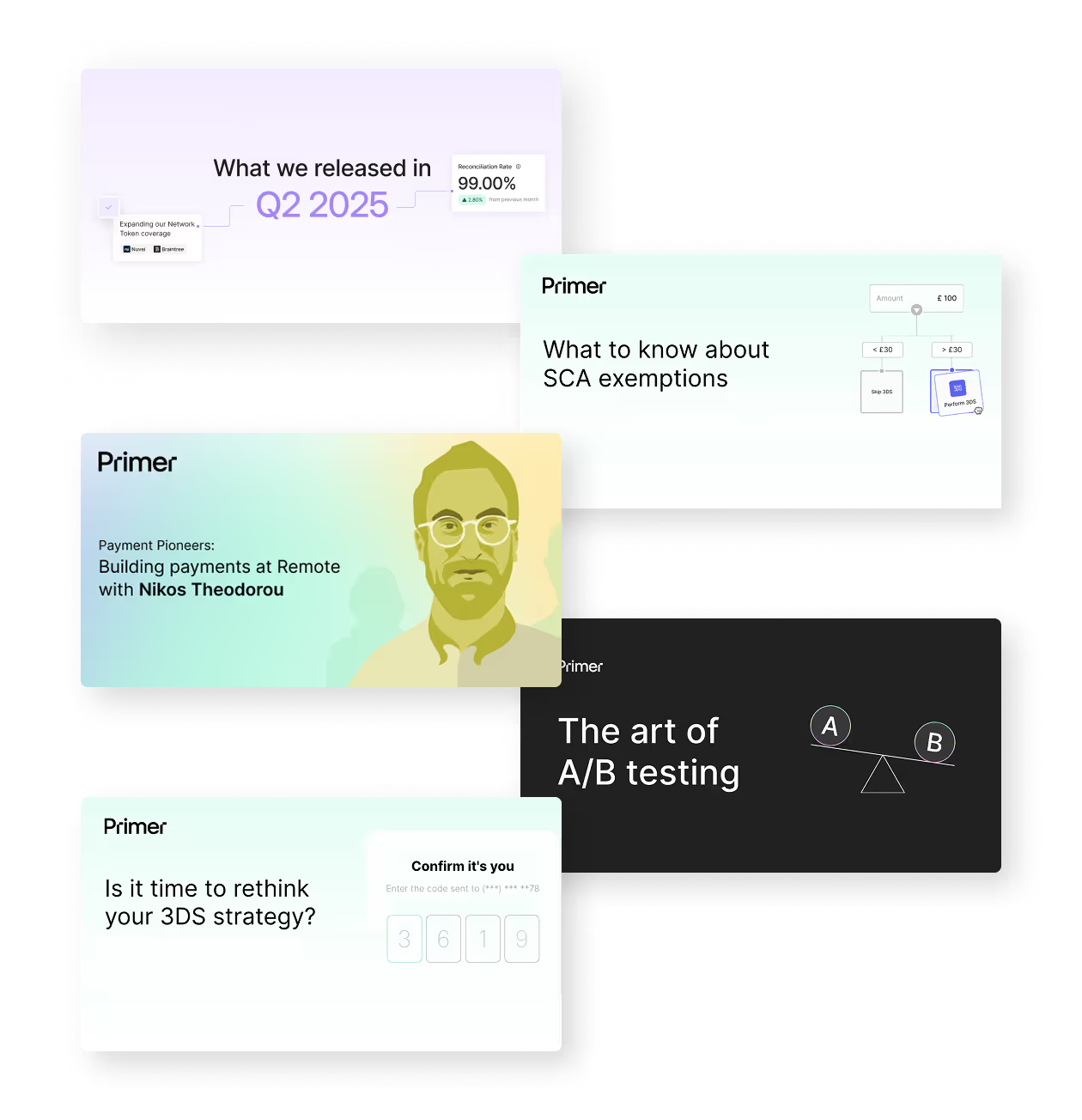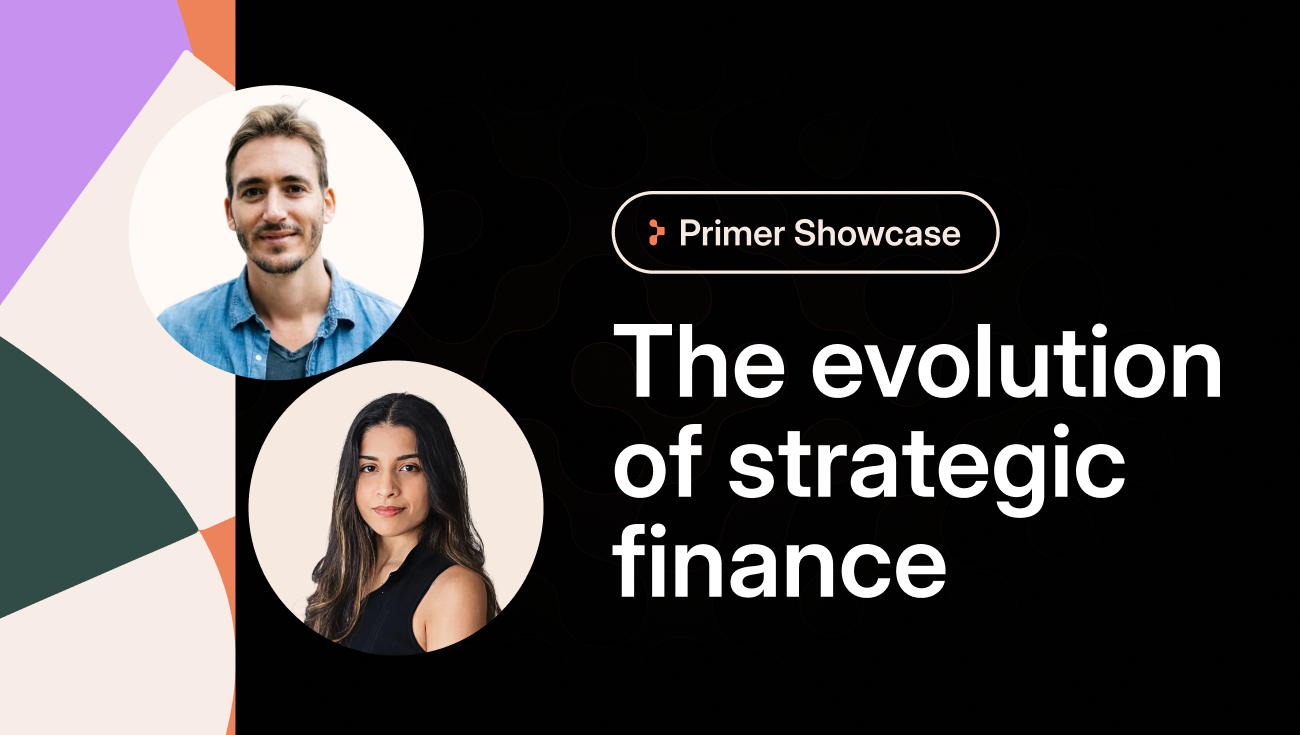Just a few years ago, building a global business was a slow, heavy process. Scaling meant raising large rounds, building big teams, and waiting years before seeing the payoff.
Fast-forward to today. Companies scale with leaner teams, move into new markets in weeks, and ship products faster than ever before. Entire industries are emerging almost overnight, and businesses are setting out to solve harder problems than ever before.
We’re entering what I call the What-If Economy.
In the What-If Economy, businesses don’t ask “How can we do this?” They ask, “What if we could?”
What if impossible was impossible? What if our boldest ideas didn’t sit on the backlog? What if yesterday’s crazy idea could be today’s MVP?
That shift, from working within constraints to operating from possibility, changes everything.
It’s the difference between tweaking an old playbook and discarding it entirely. Between settling for incremental progress and reimagining what your business could achieve if nothing stood in the way.
But there’s a problem. Ambition has accelerated faster than infrastructure. Systems built for yesterday’s challenges are straining under today’s speed and scale.
Nowhere is this more evident than in how money moves.
The way businesses move, manage, and reconcile money remains fractured. What should be the most fluid system in a company often turns out to be the most rigid. And when payments become a constraint, growth slows down.
In a world where ambition keeps accelerating, that’s not just inefficient, it’s unsustainable.
The What-If Economy rewards those who move fast and think bigger. But ambition can’t run on outdated foundations.
The old foundations can’t carry today’s growth
Businesses can only move as fast as their money. But today, money doesn’t move as one. A single payment doesn’t flow smoothly from start to finish; it splinters into different systems, data formats, and priorities.
The journey of a payment shows how deep this fragmentation runs.
It starts at checkout. Go-to-market teams design the checkout to maximize conversion. They decide how pricing is shown, which payment methods to surface in each market, and how to remove friction so customers complete their purchase.
When the customer clicks pay, that should be the point where the business has confidence the transaction will succeed.
Instead, the complexity deepens.
.png)
Payments teams are focused on maximizing approvals and routing to the right provider at the best cost, often leaning on engineering to hold together sub-par integrations.
Finance receives settlement files that rarely match up: data in inconsistent formats, arriving on different timelines, impossible to reconcile cleanly.
Treasury needs to know where the cash has landed, in which currency, and with what exposure to FX swings, but without a unified view, they’re left guessing.
And while the back office is still piecing things together, support teams are already fielding customer queries about refunds or disputes, without access to the same information.
Nothing is working in sync. Every team touches the same payment, but from a different system, speaking a different language.
The outcome isn’t progress, it’s drag. Ambitious launches stall. Revenue leaks away unseen. Strategic decisions are made in the dark. And what should be the lifeblood of the business becomes a source of friction and fragility.
What if it didn’t need to be this way? What if payments, finance, treasury, and support could all work from the same system, with the same live view of money moving through the business?
What’s missing is a foundation. One system to bring money movement back together, to align teams around the same truth, and to let businesses scale without limits.
From fragmentation to foundation
When Primer first entered the market, people called us an “orchestrator.” We did start with routing, so the box made sense.
But orchestration was never the destination. It was only the first step. Because orchestration connects providers. Infrastructure connects outcomes.
That’s why we built Primer: not to patch over the cracks, but to rebuild the foundation.
To unify the entire money-movement journey, end to end. Acceptance, optimization and management, all running through a single platform.
Acceptance means more than having a checkout. It’s about how customers experience your brand. What if every buyer, in any market, could pay the way they wanted without friction? What if a seamless payment experience became a driver of loyalty and growth, not just a necessary step at the end of the funnel?
Optimization isn’t just about payment routing. It’s about creating leverage in the business. What if every transaction strengthened your margins? What if revenue growth didn’t require proportional cost growth? What if payments became a competitive advantage, not a constraint?
Management means more than reporting. It’s about giving leaders control and clarity in real time. What if reconciliation happened instantly? What if cash was visible across every region? What if decisions were made on live data, not stale spreadsheets? What if finance and treasury could drive growth?
.png)
At the heart of it all is a unified data layer.
Every payment event, no matter where it originates or where it ends, is standardized into a common language. That single layer connects what has always been fragmented: the flows of money and the teams around them.
For the first time, payments, finance, treasury, support, and marketing are working from the same truth. Strategy can be set once and executed everywhere. Leaders don’t just see the past, they can act with confidence in the present.
Primer is the connective tissue of the modern enterprise. The financial infrastructure built to power the ambition of the What-If Economy.
Asking what if to build what’s next
Primer is already becoming the foundation for how leading companies move money.
Today, we’re working with some of the most forward-looking enterprises across travel, retail, digital content, and marketplaces, such as GetYourGuide, Conforama. AppsFlyer, and Dabble.
These companies aren’t just routing transactions; they’re re-architecting how money moves through their business, using Primer as the foundation to expand faster, operate leaner, and unlock entirely new possibilities.
That’s only possible because we’ve never been satisfied with the status quo. From the beginning, Primer has been built on asking What If? What if merchants could run payments with clicks, not code? What if they had complete control at global scale from day one? What if the language of payments was unified, so every team could finally work from the same truth? What if businesses never had to compromise between flexibility and simplicity?
Those questions have guided us and pushed us to solve what others won’t, and to build the infrastructure that ambitious companies need for what comes next. And by connecting every part of the ecosystem into one foundation, we’re turning a fragmented landscape into a compounding one, where every new capability makes the whole stronger.
The next wave of Primer is about carrying that same ambition forward. Extending our infrastructure across every team that touches money. Opening new possibilities for businesses to move faster, operate smarter, and scale without limits.
- Checkout gives payment teams and their developers a modular, dynamic checkout they can adapt instantly to meet any business objective.
- Global Accounts gives finance teams daily visibility and control through local settlement and live FX, reducing fees and cutting revenue leakage.
- Primer Companion is the first AI teammate for payments, giving teams the expertise and capacity to spot opportunities, act faster, and deliver more value.
- Primer for Partners gives providers a faster path to merchants and the tools to create more value, turning a fragmented ecosystem into an open, collaborative one.
The future will be shaped by those who ask What If
The What-If Economy belongs to the companies who refuse to accept constraints. Primer exists to make sure money movement isn’t one of them.
By unifying money movement, we take what was fragmented and make it work as one. Payments, finance, and partners aligned on the same foundation, moving in the same direction.
That’s how businesses launch faster, operate leaner, and grow without compromise.
And to keep building what comes next, we’ll keep asking: What if?




(1).png)
.png)